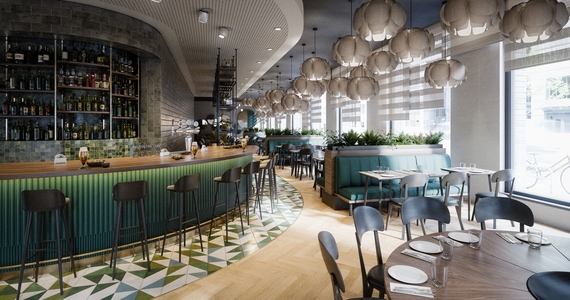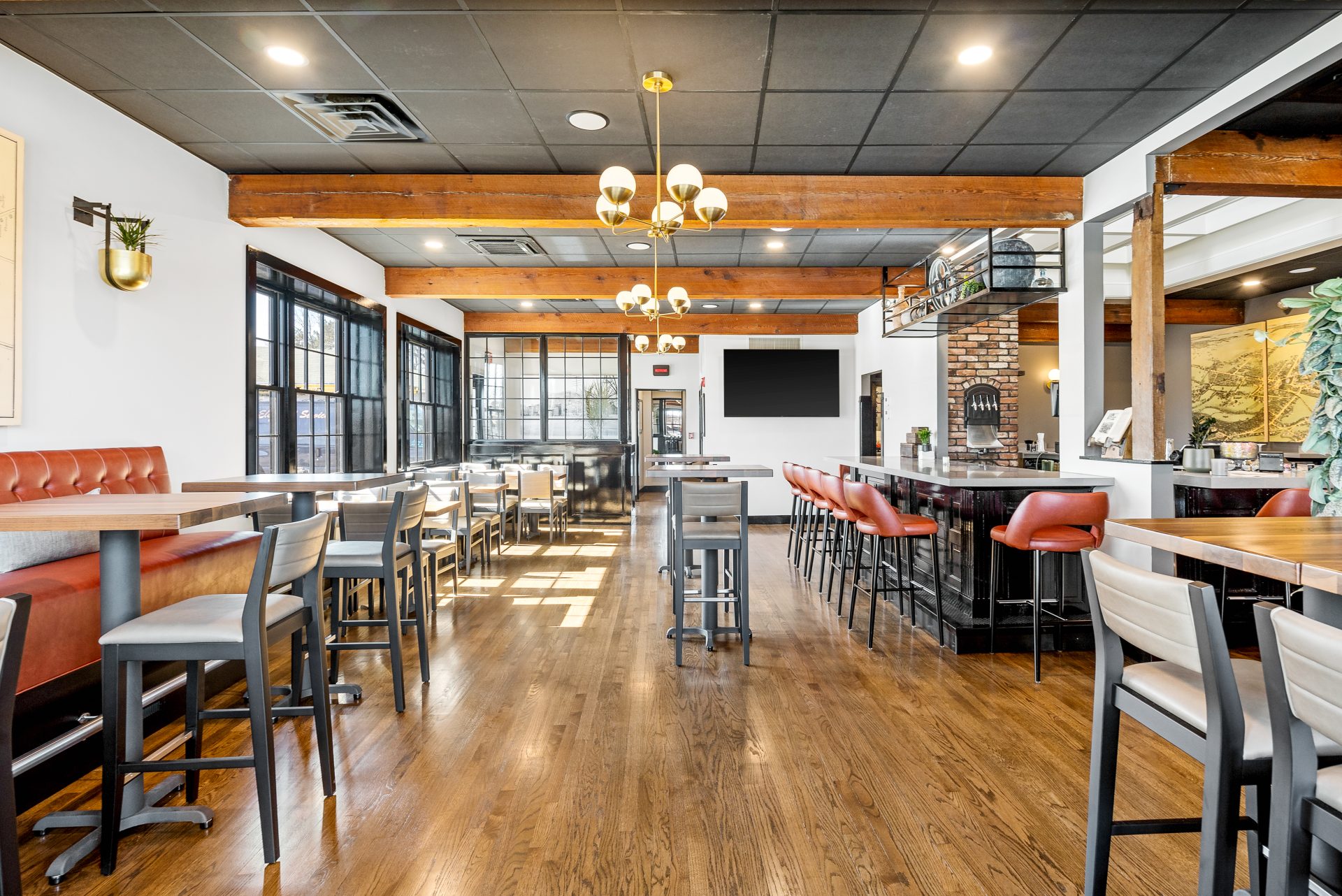Why Dining at Neighborhood Dining Establishments Sustains Your Community and Thrills Your Preference Buds
Eating at local dining establishments offers more than simply a meal; it offers as a vital element in nurturing neighborhood vigor and economic resilience. What might this mean for the future of local eating and neighborhood connection?
Economic Impact of Neighborhood Dining

The economic impact of local dining extends much past the restaurant itself, influencing a vast array of fields within the neighborhood. Regional dining establishments play a crucial duty in stimulating economic development by creating jobs, supporting local suppliers, and contributing to municipal incomes. When customers select to eat at regional facilities, they aid receive employment for chefs, web servers, and upkeep personnel, thus improving the neighborhood work market.
In addition, regional dining establishments commonly source ingredients from close-by ranches and producers, cultivating a durable supply chain that benefits various agricultural fields. This method not only sustains local economies but likewise encourages lasting farming methods. Additionally, the sales tax produced from these restaurants adds to important civil services, such as education and framework, which better enhances community lifestyle.
In addition, regional eating establishments frequently cultivate a sense of community, bring in locals and visitors alike, which can bring about raised foot traffic in bordering companies. This interconnectivity among local ventures boosts economic strength, developing a vibrant and sustainable neighborhood ecosystem. In significance, the assistance of local eating is an investment in the wider financial health and wellness of the location, promoting growth and sustainability for future generations.
Distinct Cooking Experiences

In addition, several neighborhood establishments accept farm-to-table practices, emphasizing the importance of seasonal fruit and vegetables. Restaurants can enjoy the quality of components sourced from nearby farms, which not only enhances flavor but likewise cultivates a link to the local landscape. This commitment to high quality and region sets the stage for unique culinary experiences that are often lacking in chain restaurants.
In addition, neighborhood chefs regularly try out combination food, mixing diverse culinary traditions to produce interesting brand-new recipes. Such advancement not only entices the taste yet additionally motivates adventurous eating, welcoming clients to widen their cooking horizons. Engaging with local dining establishments permits diners to appreciate dishes that are not nearly nourishment, yet regarding the creativity and interest that specify the culinary world, making every eating experience really one-of-a-kind and delightful.
Conditioning Area Bonds
Dining at local restaurants plays an essential role in strengthening community bonds by cultivating connections among residents. These facilities serve as important gathering places where individuals can involve in meaningful conversations, share experiences, and produce enduring memories. As clients constant the exact same neighborhood places, they cultivate a sense of experience and sociability, enhancing social ties within the area.
Furthermore, neighborhood restaurants typically show the special social textile of their communities, showcasing regional practices and cooking heritage. This event of local culture not only enhances neighborhood identification but also motivates locals to take pride in their surroundings. By taking part in the regional eating scene, people contribute to a common narrative that binds them together.
Area events organized at restaurants, such as open mic nights, charity events, or food festivals, better boost these connections. They offer opportunities for collaboration and involvement amongst diverse teams, promoting inclusivity and understanding. As locals collect to support neighborhood companies, they at the same time support one an additional, developing an interconnected network that strengthens the area's strength.
Essentially, eating at neighborhood restaurants is not simply about food; it is an enriching experience that strengthens area bonds and cultivates a dynamic, united discover this info here neighborhood culture.
Sustaining Local Farmers and Producers

This technique minimizes transportation costs and discharges, promoting ecological sustainability while additionally boosting the flavor and top quality of the recipes offered. Seasonal menus, which highlight neighborhood fruit and vegetables, allow restaurants to use unique cooking experiences that reflect the area's agricultural bounty.
Moreover, sustaining local farmers aids maintain traditional farming practices and urges biodiversity. It empowers small producers, allowing them to prosper in an increasingly industrialized food system. As regional dining establishments choose to companion with these farmers, they assist maintain a dynamic agricultural area, ensuring that neighborhood food systems stay resilient.
Basically, dining at local restaurants is not just concerning taking pleasure in a meal; it is an investment in the regional economic situation and an affirmation of lasting methods. By great site picking local, try this website diners play an essential role in nurturing their communities and sustaining the diligent people who grow their food.
Maintaining Neighborhood Society and Heritage
Rooted in the traditions of their areas, regional restaurants work as vital custodians of social heritage. By showcasing local ingredients and conventional cooking techniques, these establishments maintain the unique flavors and cooking practices that specify regional identification. Each meal tells a tale, reflecting historic influences and social narratives that have formed the community over generations.
Additionally, regional dining establishments usually champion classic recipes passed down via families, making certain that distinct social techniques continue to be alive. This not only informs customers concerning the community's heritage however also cultivates a feeling of pride and belonging among citizens. The environment, decor, and also songs in these establishments usually echo the regional culture, offering a holistic experience that transcends mere eating.
Moreover, regional restaurants add to the preservation of language and languages, as food selections and conversations typically include local vernacular. By taking part in neighborhood occasions and celebrations, these restaurants strengthen social bonds and advertise cultural exchange. Essentially, dining at regional dining establishments is not simply a cooking experience; it is a chance to involve with and support the rich tapestry of neighborhood society and heritage, ensuring its connection for future generations.
Conclusion
